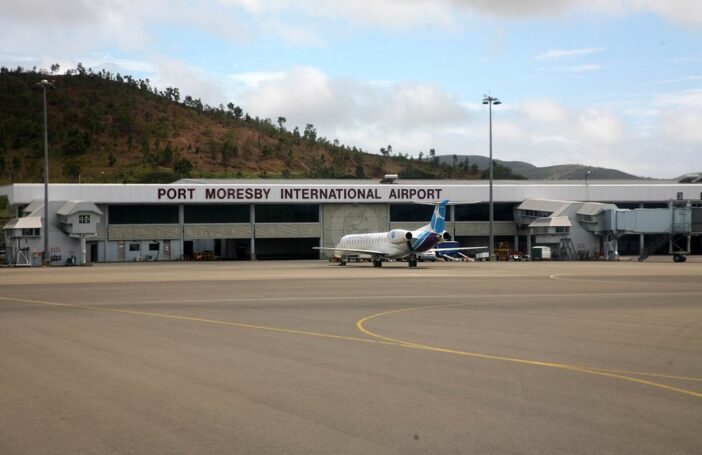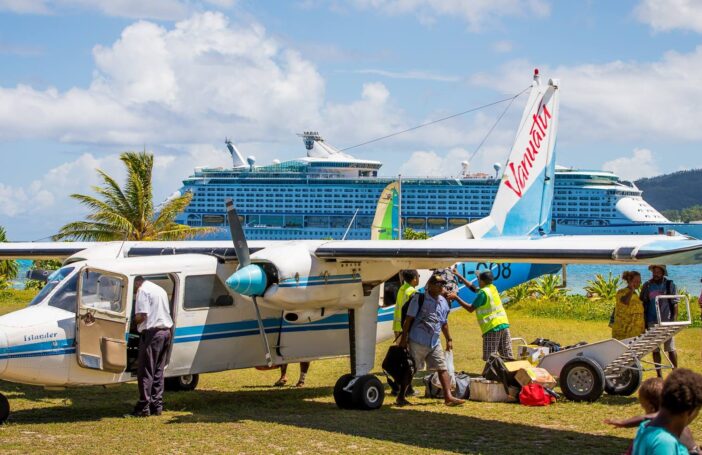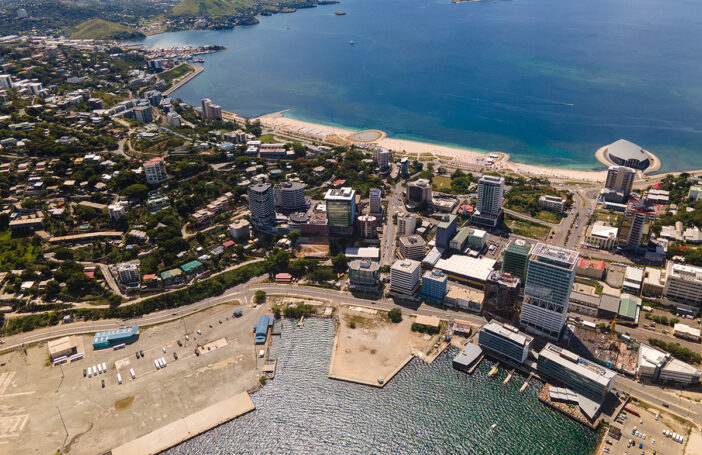The Samoan economy has cooled down a lot in the last three years. It made major strides in the early part of the 2000s and then the Global Financial Crisis happened, and we also had the tsunami in 2009. Those are the two key events that have really given a huge shock to the economy in Samoa. In 2009 the economy contracted by 5%. In the last two years we really haven’t been able to fully recover to the pre 2009 GDP level. We hope that maybe by the end of this year we will be able to get back to the 2008 economic situation. So, it has been a very challenging time for the economy of Samoa as it tries to crawl out of the a low growth period since 2009.
I want to focus on the sustainability of the budget deficit, which is currently 9% of GDP, way outside of the official target of 3%. Essentially, it is a one off situation because it has been a deliberate response to kick start the economy by the Government following the economic shocks from the Global Financial Crisis and the tsunami. In 2007/08 the government came up with a major stimulus package: Obama was doing it so our Minister thought it would be a good idea also. At the time we thought it was an appropriate and timely policy response to try and keep the economy moving.
The overall budget deficit as a percentage of GDP has been progressively increasing since 2008 when the deficit was 3%, in 2009 it was 4%, and then they pumped money into the economy and moved it to around 7% in 2010. Currently the deficit sits at 9%. For those that work in this public finance area, the rule of thumb is to keep the deficit within 3% and which the government adopted as a desired policy target. The latest policy document, the strategy for development for 2012 to 2016, the Samoa Government has a 3% target which is a relatively ambitious target considering it is estimated to around 9% in 2012.
The impact of the deficit is not as severe as one would have thought upon inflation because the budget is mainly being financed from overseas concessionary borrowing, linked to the development programs that were brought in for rehabilitation after the tsunami. Even with its domestic borrowing, the government has shifted loans onto the non-banks, borrowing from the provident funds and pension funds, types of borrowing that could be considered non-inflationary. So, in terms of its impact upon inflation, it looks to be a sound approach. And if you look at the inflation figures, they have come down and are sitting at between 4-5% per annum.
In terms of the external sector, it has actually become very strong in terms of reserves. Reserves have moved from 4 to closer to 6 months of imports and this is really because there has been a massive inflow of aid for the rehabilitation programs. But it is nevertheless in the external sector that I think we have the largest vulnerability risk in Samoa. If you look at the tourism side, it’s not looking good. I’ll come to that shortly. Remittances are experiencing a very similar decline as Tonga (link to Joyce’s blog). The current account deficit is about double GDP, which is not a good sign. So I think it is with the external sector where I think there will be more vulnerability within the Samoan economy. There was recently an IMF paper [pdf] about the Samoan exchange rate. No one can deny that the Tala has effectively in real terms appreciated by between 10-15% as pointed out by some international organisations. Some of these signs of the external sector will make people a lot more concerned if they are not effectively addressed very quickly.
In terms of external debt levels, there has recently been a significant increase, but mainly because of the Chinese construction programs that have come in and are quite prominent in Samoa now. In terms of the government policy, external debts should be at about 50% of GDP. If you look at the figures it is closer to 63%. But then, when you look into the details and the net present value, the debt is actually at about 45% because the bulk of our external debt are on concessionary terms. So, while there may be a problem, it looks like external debt will remain manageable. The issue is when Samoa emerges from its LDC status in 2014 the terms of borrowing will be a lot more semi-commercial to commercial in contrast to the concessions from being a LDC country . So, this is an issue that will become more worrying in the years to come. Another issue in terms of the external debt is the amount of debt that is denominated in Chinese currency, which is widely reported to be undervalued and leaving Samoa with a major currency exposure, even if some of this debt is written off or made softer. As long as there are no hedging arrangements put in place there is some major exposure there, not just for Samoa but for most countries in the Pacific that have taken advantage of highly concessionary loans from China.
What has gone wrong with tourism? Tourism is the biggest money earner for Samoans now. It’s very close to the levels of remittances and combined they are the two major sources of foreign exchange – prospects in both of those two areas are unfortunately not very bright.
In tourism, we used to get a lot of Australians, but we now don’t know what happened as the proportion of tourist numbers from Australia to the total arrivals have recently dropped significantly, they have seem to have just disappeared. At the time when we entered into a low cost airline agreement with the Virgin Group we thought we were on to a very good plan because all of a sudden a lot of Australians were heading to Samoa. I guess it was at the time of the Bali bombing and people started looking elsewhere. At least that is how we are trying to rationalise how the Australian tourist market now. The New Zealand market has kept the tourism money coming, but now since its economy is softening and declining we are quite vulnerable in the tourism area. There is very little traffic coming in from the Northern American and European markets, leaving the tourism sector very narrowly based.
In terms of challenges, I think it’s really in the external sector. Until we can turn round tourism, we are going to remain vulnerable.
This is a part of our blog series summarising presentations delivered at the 2012 Pacific Update. The rest of the series can be found here.
Kolone Vaai is Principal Consultant at KVAConsult Ltd, former Financial Secretary for the Government of Samoa (1984-1990) and current Chairman of the Unit Trust of Samoa (UTOS).





